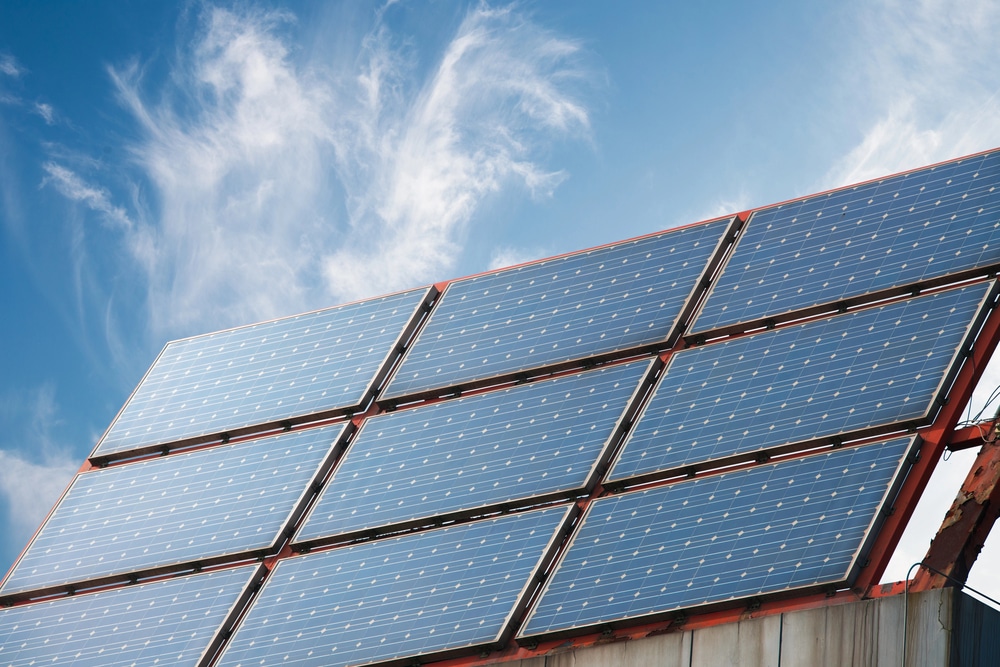Solar panels have emerged as a viable answer where renewable energy waste management and the industry’s growing pains are hot topics. What happens when these panels come to the end of their lifespan?
Ideally, these panels should go to appropriate recycling facilities. However, the progression of solar panel recycling technology hasn’t kept pace with the adoption of solar energy across the country.
What can concerned citizens do to better prepare for the future of solar power and minimize its impact on the planet? Keep reading for RxSun’s perspective as an industry insider.
Article at a Glance
· Solar panels are hard-to-recycle hazardous waste.
· The US market is lagging in sustainable disposal frameworks.
· There’s a need to make solar panel recycling more attractive in the US.
Understanding Solar Panel Lifecycles
Solar panels have a lifespan of around 25 to 30 years. By that measurement, solar waste projections suggest 78 million tonnes of solar waste by 2050, assuming every single solar panel will reach its full lifespan.
In reality, people dump solar panels a lot earlier for various reasons, such as:
· Damage due to severe weather events
· Premature decommissioning to tap into solar tax credits
· Rapid obsolescence due to lower-quality materials
Why Solar Panel Recycling Is Important
The sheer numbers of people switching to solar panels and other lifecycle externalities show that the original solar waste projections will almost certainly be off the mark over the medium to long term.
People are discarding their solar panels at 10 to 15 years for the reasons highlighted above. Unsurprisingly, some analysts expect discarded panels to outnumber new panels by nearly three times by 2035.
Therefore, effective solar panel recycling is crucial for the following advantages:
The Earth Needs Better Resource Conservation From Us
Solar panels contain valuable materials, such as silicon, glass, and aluminum. Recycling panels to extract these materials will reduce the need to further deplete the earth’s natural resources for raw materials.
More Eco-friendly Solar Recycling Strategies Reduce Environmental Impact
Currently, the US only recycles 10% of solar panels, with 90% of decommissioned panels ending up in landfills. There’s a huge risk of hazardous constituents of solar panels (like lead and cadmium) leaching into soil and water bodies if things don’t improve.
Challenges and Opportunities in Solar Panel Recycling
Although there’s no denying the importance of solar panel recycling, the peculiar challenges associated with it have made the practice impractical. For example:
Recycling Infrastructure is Complex
Solar panels are complex systems, and any recycling machinery needed to strip them down is itself complex. Can the machinery separate aluminum, glass, plastic, and silicon? Can it collect chemical components safely?
The advanced recycling technology required to accomplish this mammoth undertaking is challenging to replicate in the volumes the solar panel recycling industry needs to keep up.
Economic Viability Fluctuates
Eco-friendly solar recycling in the US is still exorbitant. In fact, in many cases, it’s costlier than the value of the recovered materials themselves.
Data from the National Renewable Energy Laboratory shows that recycling a solar panel in the US can cost $15 to $45. It will only cost $1 to $5 to send the same panel to landfill.
Poor Regulation Makes Sustainable Solar Panel Disposal Difficult
Across the pond, Europe’s recycling costs $0.75 per panel because legislation-backed policies now subsidize solar panel recycling. The result is an impressive 95% recycling rate, which is great for the region’s renewable energy transition.
However, in the US, there’s still no comprehensive regulatory framework. Gaps like that can’t incentivize the adoption of a circular economy in the solar niche. It’s a work in progress.
How Are Solar Panels Recycled?
Fortunately, the typical process of solar panel recycling looks the same wherever you are as follows:
1. Transport and collect panels from various sources
2. Preprocess the panels to remove contaminants
3. Separate and shred panels to break the components into small pieces
4. Gather reusable components for material recovery to manufacture new solar panels and other products
5. Dispose of the hazardous materials safely
How to Properly Recycle Solar Panels at Home and Work
The best way to properly recycle solar panels at home or work is to first acknowledge the dangers associated with mishandling photovoltaic panels. You must avoid falling short of hazardous waste regulations for everyone’s sake.
To remain compliant in your panel recycling efforts, consider the following:
· Take advantage of manufacturer or dealer take-back programs
· Contact recycling centers that accept e-waste
· Seek expert advice from recycling service experts
Environmental Impact of Solar Panel Waste
Improper solar panel disposal is bad for the environment. It increases the risk of hazardous chemicals damaging the ecosystem.
Will solar panel waste increase the need for more landfill sites? If so, the world is likely to see ecosystems bearing the brunt.
Get Professional Guidance on Renewable Energy Waste Management
RxSun provides personalized guidance on sustainable solar panel disposal and solar panel recycling across Illinois, Wisconsin, Florida, and Michigan.
Call us today at 800-607-9786 to schedule a consultation.
 800-607-9786
800-607-9786

 1-800-60-RXSUN
1-800-60-RXSUN